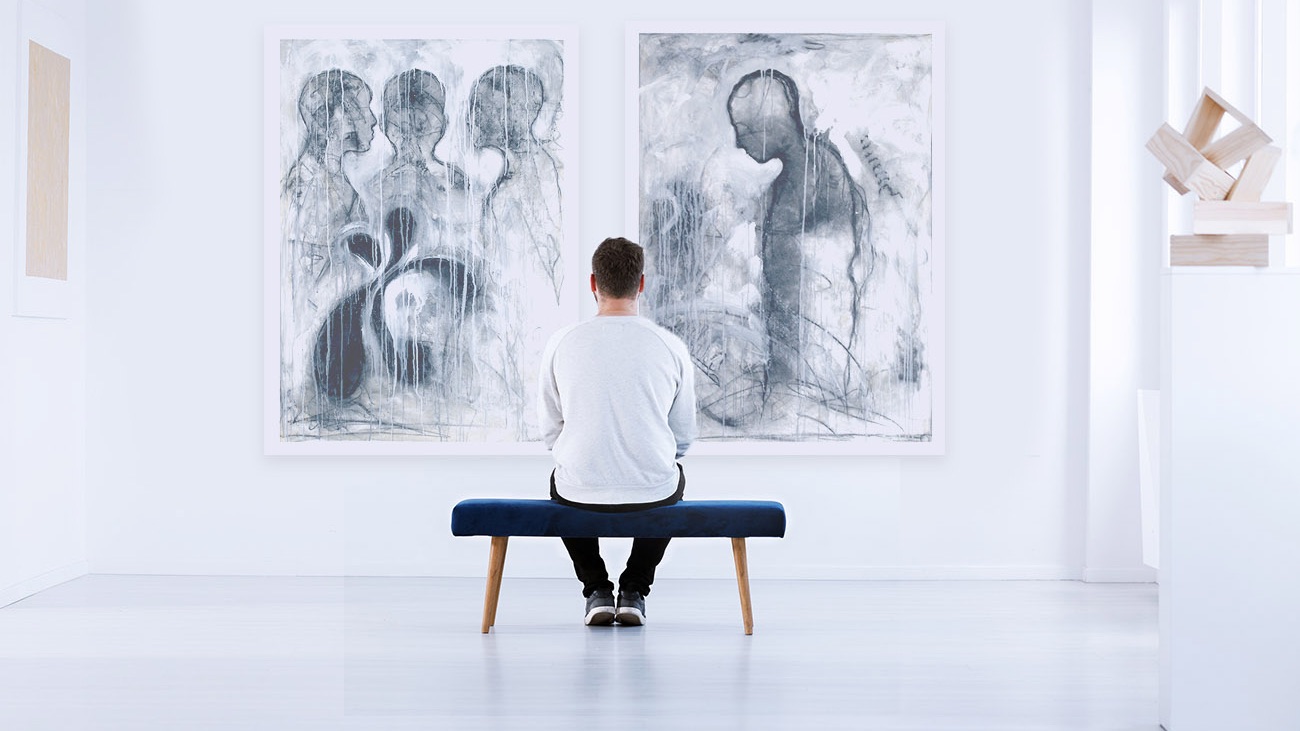Physical Address
304 North Cardinal St.
Dorchester Center, MA 02124
Physical Address
304 North Cardinal St.
Dorchester Center, MA 02124

In our constant quest to understand artists and their genius, we often place them on a pedestal, assuming they possess otherworldly thoughts. This myth, though common, distances us from everything they share with us, making us feel that their feats and successes are far beyond our reach.
It is essential to demystify the idea that artists are radically different from us. We can achieve this by examining how their behavior connects to our shared human experience.
For years, I have researched the personality and character of historical figures, focusing deeply on Beethoven from a psychological perspective. I’ve also explored academic literature on the psychology of some of history’s most famed creative minds.
While each artist is unique, certain traits and patterns in their personalities deserve attention. Understanding these can bring us closer to their creative worlds without making us feel like outsiders.
A useful framework for this understanding is the “Big Five” psychological pillars of personality: extroversion, conscientiousness, neuroticism, agreeableness, and openness to experience.
Artists generally tend to be introverts. This is natural, considering they often work in solitude. In the chaos of society, creative work becomes much harder. However, this doesn’t mean they avoid social opportunities or dislike being with friends and loved ones. Like all of us, they seek a balance.
Pablo Picasso is a prime example. In his Montparnasse, Paris apartment, he dedicated the largest room to painting, forbidding anyone from entering without his permission. Surrounded by painting supplies, miscellaneous articles, and his pets—a dog, three cats, and a monkey—he worked until nightfall, appreciating visits but disliking unwanted distractions.
The concept of conscientiousness in artists is often misunderstood. Conscientiousness is frequently associated with order and organization, while artists are perceived as chaotic or absent-minded. Yet, they display other aspects of conscientiousness, such as a need for achievement, a strong desire to excel, and high discipline.
Mexican painter Frida Kahlo exemplifies conscientiousness in artists. Despite health problems in childhood and being bedridden after a bus accident at 18, she made tremendous efforts to continue her work, leaving an artistic legacy for the world.
There is much speculation about artists and neuroticism or mental illness. Many artists undeniably show a certain intensity in expressing their emotions or have suffered from psychologically challenging periods. However, psychological science has found no correlation between greater neuroticism and increased artistic ability.
Heightened emotional sensitivity doesn’t necessarily mean instability. Nonetheless, artists often use their output to express emotional difficulty, pain, or trauma. American singer-songwriter Mary Gauthier, in her recent book “Saved by a Song,” recounts overcoming trauma and addiction through songwriting and music, which offered her a sense of purpose and mental well-being.
The trait of agreeableness, which includes trust in others, modesty, and a desire to cooperate, may seem lacking among many artists. Their inclination towards solitude and dedication to their work can make them appear unfriendly and distrustful.
However, this does not imply selfishness or a lack of sympathy. Those engaged in art often develop a sense of their uniqueness and originality, motivating them to share their art with the world. Sometimes, this creative self-concept is misinterpreted as arrogance.
Spanish ballet dancer and choreographer Nacho Duato mentioned a need to separate himself from others to grow both personally and professionally. At the same time, he modestly described himself as an “artisan of movement.”
The trait that stands out among artists is openness to experience. This involves curiosity, a desire to discover new things, an appreciation of beauty, and the will to expand horizons. Openness to new experiences allows fresh, original ideas to be created, driving innovation in the artistic field.
German composer Beethoven exemplifies this trait. He respected his roots and what he had learned but felt a strong need to experiment and push boundaries. Beethoven requested piano makers to add keys to instruments and defied the safe, predictable musical conventions of his time. One of his major innovations was including vocal parts in a symphony, a style of composition traditionally only instrumental.
Though unique in some respects, the personality of artists shares many similarities with the common human experience. As you explore these traits yourself, you may discover that you, too, harbor a creative spark that deserves to be expressed. The primary difference between artists and others might be the courage to listen to oneself, to observe oneself, and to dare to show what is original within oneself.
Source: The Conversation



